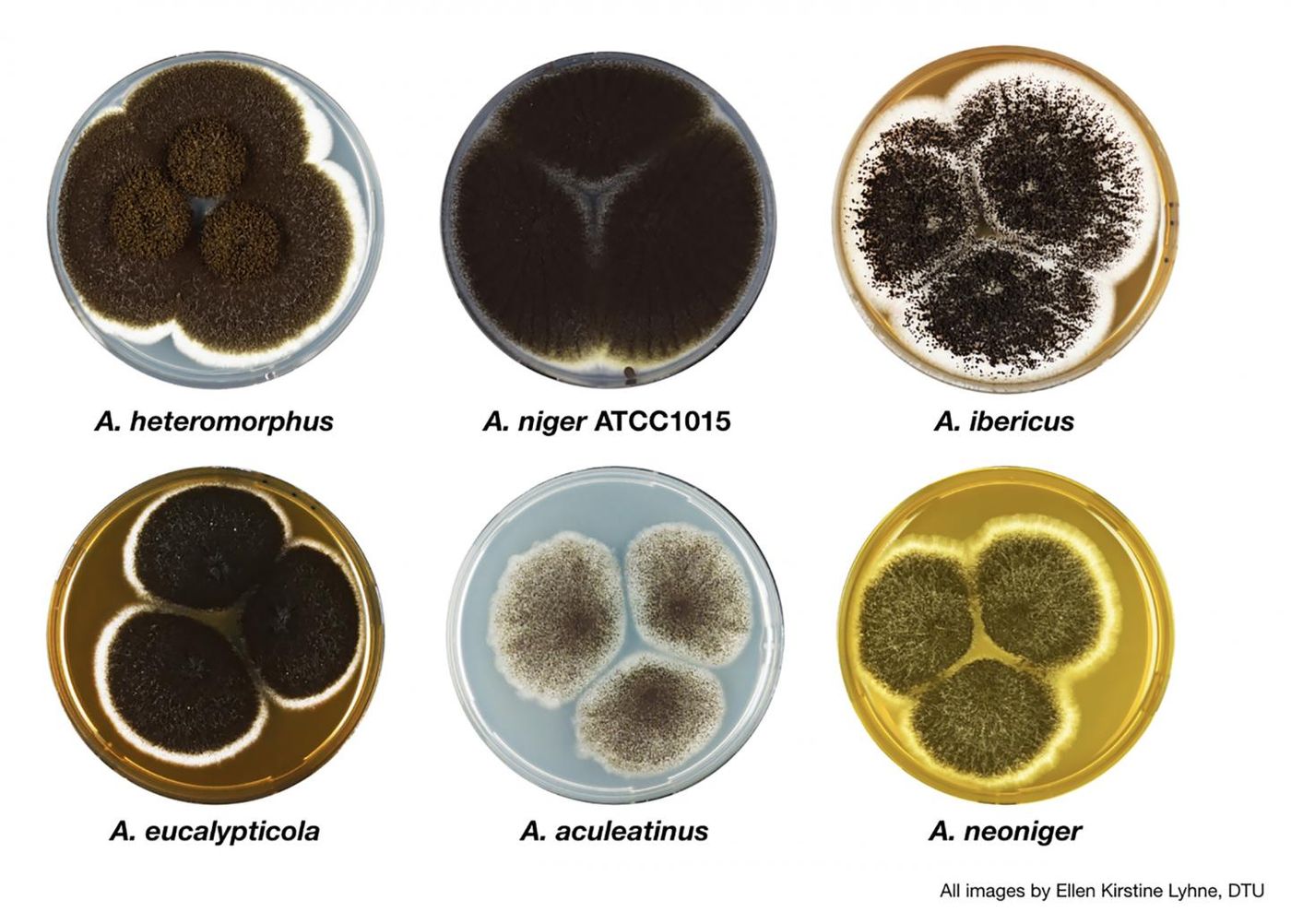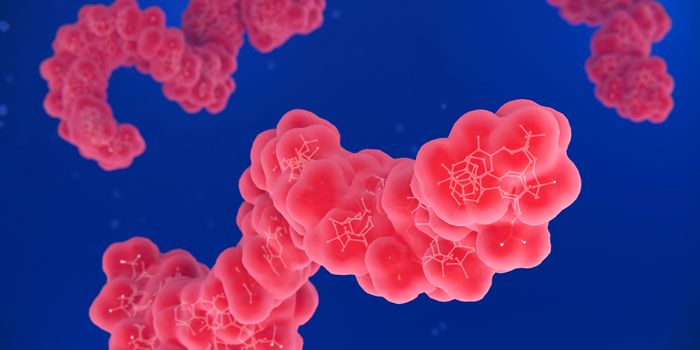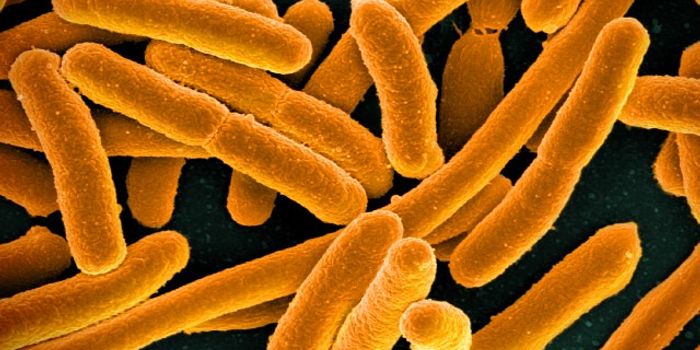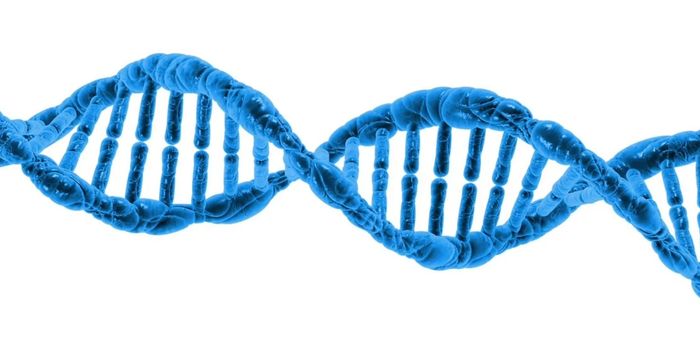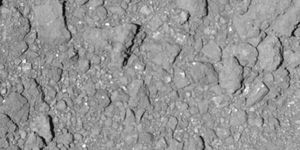Using Genetics to Learn how Similar Species are Different
Millions of fungal species live all around us; some are a total mystery while others have an important role in our world. One genus of fungus, Aspergillus, is used in industry, for example. Now an international team of researchers has learned more about the genetics of one subgroup of this important microorganism. Their findings have been reported in Nature Genetics.
"Aspergillus is such an important genus, not just for biotechnology, but for all the roles it plays in agriculture, human health, enzyme production, and food fermentation," said study co-author Scott Baker, Science Area Lead at the Environmental Molecular Sciences Laboratory, a national user facility at Pacific Northwest National Laboratory and a member of JBEI's Fungal Biotechnology group. "It's the Swiss Army knife of fungal genera as far as its impact on things that are important to us."
Researchers at the Technical University of Denmark, the U.S. Department of Energy (DOE) Joint Genome Institute (JGI), a DOE Office of Science User Facility, and the Joint Bioenergy Institute (JBEI), a DOE Bioenergy Research Center have sequenced and annotated 23 fungal genomes that are part of the Nigri subgroup of Aspergillus. It adds to a long-term project that aims to analyze the genomes of 300 Aspergillus fungi. The scientists sequenced several isolates of the same species, so they are now able to compare genomes of Nigri species as well as how they relate to others in the Aspergillus genus.
"Comparison within and across a taxonomic section allows us to build a genetic profile for that section, which can be connected to the phenotypes (observable characteristics) of the species in the section," explained study senior author Mikael Andersen of the Technical University of Denmark. "This is quite useful in many regards; for instance, to identify new unique enzymes or to link an interesting bioactive compound to the biosynthetic genes. This paves the way for new sustainable cell factories."
Intraspecies comparisons, noted Baker, offer some understanding of evolution and diversification in fungi. "This gives us insight between the differences in these really closely related species," he said. "When we engineer organisms, we're making changes. So are there insights we can gain from the natural evolution process to help us better engineer strains that can do good things for us?"
The team has identified thousands of new genes. There were some clusters specific to Nigri, which related to functions like gene or protein regulation. The team plans to continue to sequence more samples from the Aspergillus genus.
"Many more interesting discoveries are on the way; the diversity is enormous, and the potential for bioenergy, biotechnology, and biotherapeutics in each and every species is staggering,” said Anderson.
Learn more about the Integrated Microbial Genomes and Metagenomes or IMG system, from JGI. It hosts a collection of integrated sequence and environmental data that can be explored.
The published Aspergillus genomes are freely available from a JGI fungal genomes portal called Mycocosm. Check out science.energy.gov for more.
Sources: AAAS/Eurekalert! via DOE/Lawrence Berkeley National Laboratory, Nature Genetics

